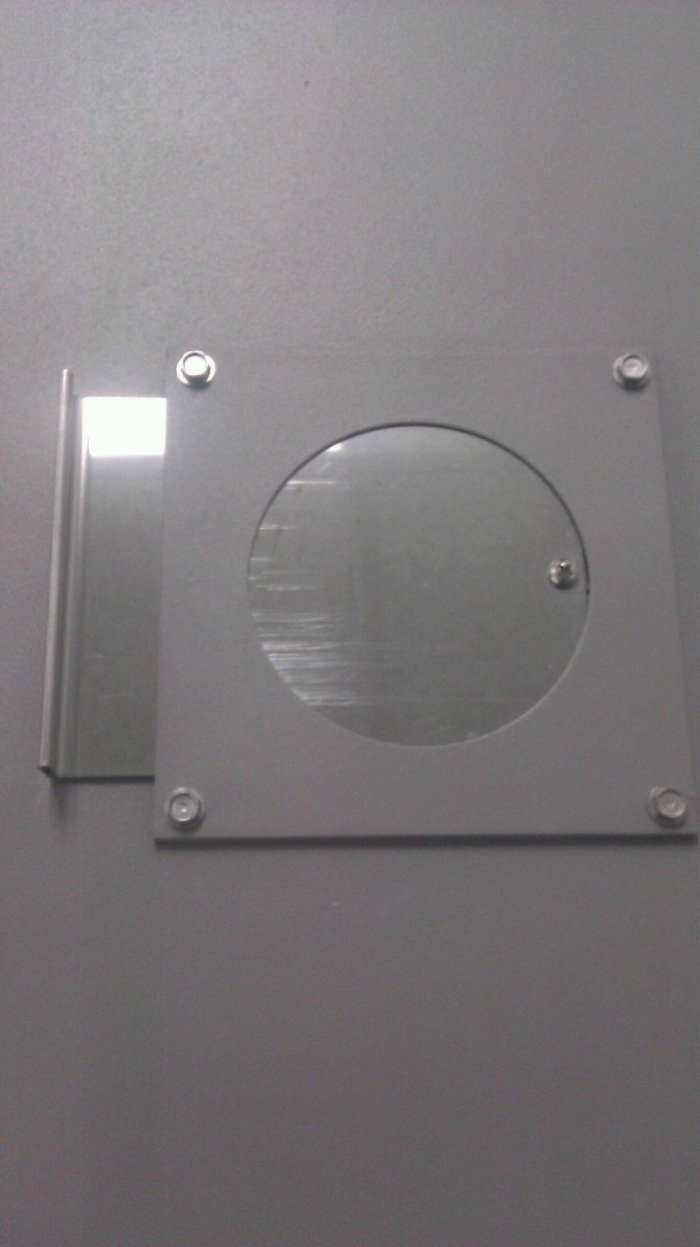


Proposals include both satellite-based missions 21, 25, 26, 27, 28 and experiments to operate aboard the International Space Station (ISS).
Gravity lab level 9 free#
The persistent free fall condition of low Earth orbit is recognized as the next natural destination for cold atom work to take advantage of microgravity. 19 These pathfinders underline both the technical feasibility and the future potential for high-precision fundamental physics applications including searches for dark energy, 20 quantum tests of Einstein’s equivalence principle, 21, 22 and long-baseline gravity wave detectors. Recent milestones of these ruggedized, autonomous devices operating in reduced gravity include the generation of Bose–Einstein condensates (BEC) and the demonstration of matter-wave interferometry. Secondly, the wave nature of ultracold atoms released from these traps is the basis for inertial sensing atom interferometers, the precision of which scales as the square of their free space evolution time. It is then possible, for example, to decompress these traps far beyond what is achievable on the ground. Broadly, this is achieved by removing the asymmetric tilt that gravity introduces along one direction of the confining potential used to trap and cool atoms. The first is access to a new parameter regime of quantum gases at picokelvin temperatures and ultra-low densities. 15, 16, 17, 18 Here, two substantial benefits are realized. 7, 8, 9 In recent decades, national consortia and experimental groups seeking still colder temperatures and extended measurement times have successfully pushed ultracold atoms and related technologies into the free fall conditions of drop towers, 10, 11, 12 zero-g airplanes, 13, 14 and sub-orbital launch vehicles.
Gravity lab level 9 portable#
Forty years of breakthroughs in the creation of ultracold quantum gases have resulted in standardized cooling techniques and technologies that are mature to the point of supporting large scale dedicated facilities, 1, 2, 3 portable field-ready devices, 4, 5, 6 and commercially offered components. The thermal, random motion of atomic gases fundamentally limits their free space measurement time and restricts their manipulation. Here, we describe the development and validation of critical CAL technologies, including demonstration of the first on-chip Bose–Einstein condensation (BEC) of 87Rb with microwave-based evaporation and the generation of ultracold dual-species quantum gas mixtures of 39K/ 87Rb and 41K/ 87Rb in an atom chip trap via sympathetic cooling. This unique facility will enable novel ultracold atom research to be remotely performed by an international group of principle investigators with broad applications in fundamental physics and inertial sensing. Further, the complete removal of these confining potential allows the free fall evolution of ultracold clouds to be observed on unprecedented timescales compared to earthbound instruments. Within this unique environment, atom traps can be decompressed to arbitrarily weak confining potentials, producing a new regime of picokelvin temperatures and ultra-low densities.

Utilizing a compact atom chip-based system to create ultracold mixtures and degenerate samples of 87Rb, 39K, and 41K, CAL is a multi-user facility developed by NASA’s Jet Propulsion Laboratory to provide the first persistent quantum gas platform in the microgravity conditions of space. We report the status of the Cold Atom Lab (CAL) instrument to be operated aboard the International Space Station (ISS).


 0 kommentar(er)
0 kommentar(er)
